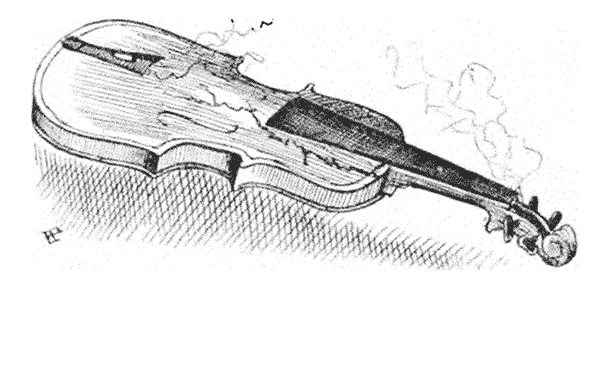<![CDATA[The beautiful shape the violin is known for emerged over four hundred years ago, largely because of the influence of just a few instrument makers. According to a study that researched more than nine thousand violins, cellos, violas and double basses, the shape of a violin mostly depended on the family background of its maker, the country of origin and the time period in which it was built. The very first violin is believed to have emerged during the sixteenth century in Italy. It was crafted by Stradivari, who is still one of the most respected violin makers in history. He lived in Northern Italy between 1644 and 1737, and is attributed with crafting as many as a thousand violins, out of which 650 are still known to exist. According to Daniel Chitwood, the lead author of the study, the shape of modern day violins is majorly influenced by the Stradivari violins. Chitwood mentions that it is a well documented fact a host of violin makers have openly copied Stradivari's designs, because of his design's popularity. In the study, Daniel and his team used a variety of techniques to examine how the shapes or traits of violins changed over time. Some of the imitations are known to be so similar that it was next to impossible to distinguish between the old and new violins. As a result, musicians around the world started to prefer the new ones over the old ones, because they thought that although the old ones were exceptional, they were not always the best. Another factor that determined the shape of a violin was the period and location in which it was made. Chitwood mentioned that human tastes also played a huge role in contributing to the various shapes of violins through history. For example, the Gagliano brothers who lived in Italy in the 1700s were famous for making violins that all had similar shapes. Chitwood relied on various images of the online sales of valuable violins over the years in order to examine the evolution of the shape of the instrument. By examining the outlines of these violins, he discovered that there were four main blueprints used in designing a violin. These blueprints were the Stradivari style, the Giovanni Paolo Maggini designs, the Amati family styles and the Jacob Strainer styles. The fact that the shape of the viola is indistinguishable from the shape of the violin almost 63% of the time has also been explained by this study. Since Chitwood is a Viola player himself, he mentions that the instrument should be larger. The main reason why instrument makers limited its size was to make it easier to play the viola like a violin. According to Jim Woodhouse, a University of Cambridge professor of engineering, this new study reveals the evolutionary patterns of violins over the centuries. He mentioned that the study reveals a number of clear trends and crystal clear clusters of shapes that are related to each other. Those interested to find out more about the study can check out the findings in the Plos One Journal. ]]>
The Story Behind the Shape of a Violin
